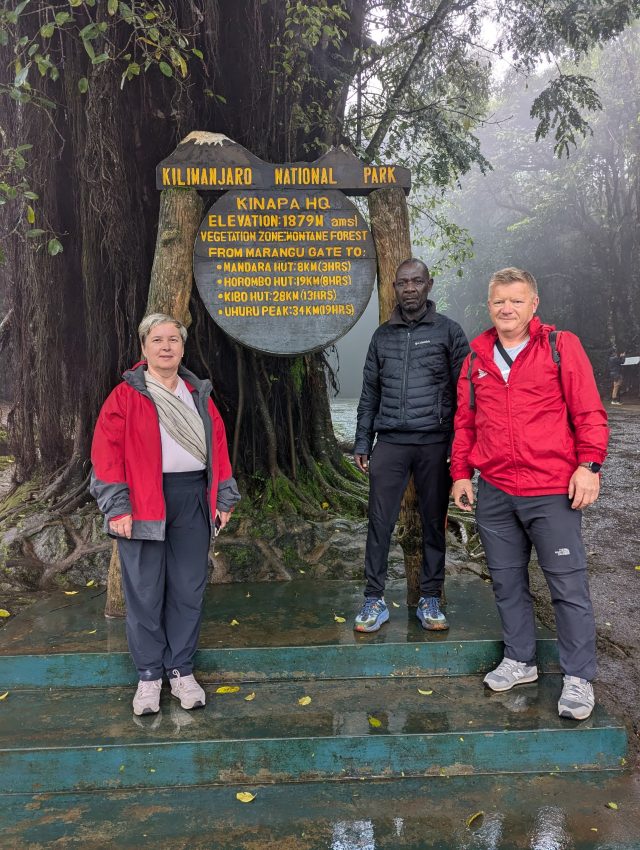- Trip Overview
- Similar Tours
What's included
- Professionally guided tour
- Visa arrangements
Kilimanjaro Summit Temperature: How Cold Is the Roof of Africa?
Climbing Mount Kilimanjaro is a dream for many adventurers, and reaching the summit—Uhuru Peak at 5,895 meters (19,341 feet)—is the ultimate achievement. But while the views are breathtaking, so is the temperature at the summit, and it’s one of the most important factors climbers must prepare for. So, how cold does it really get at the top of Kilimanjaro?
How Cold Is It at the Summit of Kilimanjaro?
At Uhuru Peak, temperatures typically range between -7°C to -29°C (19°F to -20°F). The coldest part of your climb will be during the summit attempt, which usually begins around midnight and reaches the summit around sunrise.
This freezing temperature is caused by:
-
High Altitude: The air gets thinner and colder as you ascend.
-
Time of Day: Most summit pushes begin at night, when temperatures are naturally at their lowest.
-
Wind Chill: Strong winds can make it feel even colder, dropping the “feels-like” temperature significantly.
-
Lack of Sunlight: Until sunrise, there’s no direct warmth from the sun.
How to Dress for the Summit Push
Proper gear is essential for staying warm and safe. Here’s what you’ll need:
-
Base Layer: Thermal top and bottom to trap heat.
-
Mid Layer: Fleece or insulated jacket for added warmth.
-
Outer Layer: Waterproof and windproof jacket and pants (Gore-Tex recommended).
-
Insulated Down Jacket: Crucial for the extreme cold at the summit.
-
Headwear: Warm hat or balaclava, and a headlamp for visibility.
-
Gloves: Thick, insulated, windproof gloves (liner + outer glove system works well).
-
Footwear: Waterproof hiking boots with warm socks—consider foot warmers for extra protection.
Does It Warm Up After Sunrise?
Yes—dramatically! As the sun rises, temperatures can increase rapidly. The cold, harsh night gives way to clearer skies and warmth. Many climbers find themselves shedding layers shortly after descending from the summit as the sun gains strength.
Kilimanjaro’s Climate Zones: From Tropics to Arctic
What makes Kilimanjaro unique is its ecological diversity. Climbers experience 5 climate zones:
-
Cultivated Zone (800–1,800m) – Warm and humid.
-
Rainforest Zone (1,800–2,800m) – Hot and moist.
-
Moorland Zone (2,800–4,000m) – Cooler with low vegetation.
-
Alpine Desert (4,000–5,000m) – Dry, windy, and cold.
-
Arctic Zone (Above 5,000m) – Freezing with snow and ice.
The summit lies in the Arctic Zone, where there is little to no life and conditions are extremely harsh.
Final Thoughts: Prepare for the Cold
The summit temperature is no joke—it’s one of the biggest challenges of the entire Kilimanjaro trek. But with the right gear, proper layering, and mental preparedness, you can conquer the cold and stand proudly on the Roof of Africa. Remember, the freezing winds are temporary, but the memory of your summit will last a lifetime!
Book with Kilinge Adventures
Apart from this you may read and write some reviews for us from Safari Bookings.





